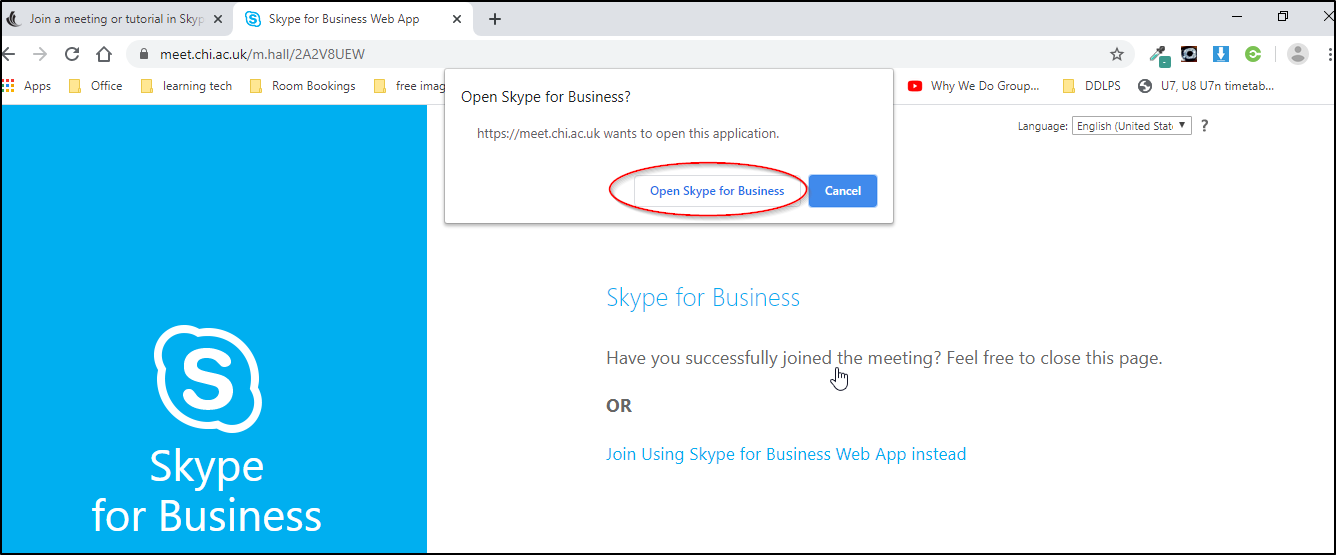
The purchase was Microsoft's biggest ever, surpassing even the $6 billion acquisition of advertising firm aQuantive in 2007.

EBay then sold the majority of its stake in 2009 to a private investment group for $1.2 billion less than it paid. This is the second time Skype has been bought out after being started in 2003, it was purchased by eBay in 2005 for $3.1 billion. However, overall it made a small loss of $7 million, and had long-term debt of $686 million.

Last year, Skype had revenue of $860 million on which it posted an operating profit of $264 million. This allows the user to deploy the disabled “Save Password” option and still stay connected to the Exchange until the user signs out, thus not compromising on security as well as user experience.Just days after reports that Google and Facebook were interested in partnering with, and possibly buying VoIP company Skype, Microsoft announced that it was buying the company for $8.56 billion in cash. SphereShield offers a solution for this scenario, enabling a smooth user experience for continuous connectivity to Skype for Business and Exchange without saving the password on the device. This causes the user to receive an error. Disable “Save Password” optionĬompanies that do not want passwords to be cached in the device may disable the “Save Password” option on Skype for Business.Ĭhoosing this option, however, creates difficulties in accessing the Exchange during the ongoing usage of Skype for Business as the Exchange requires credentials that were not saved on the device and therefore no longer exist. This also enables restricting the usage of these services to approved or registered devices only. The result is that unauthorized usage of the user’s credentials is not sufficient to connect to Skype for Business or Exchange without having access to the device itself. The solution is based on a Two Factor Authentication process, which uses the client’s password and device. It blocks any information requests arriving from unregistered devices and adds a Two Factor Authentication (TFA) layer for the Exchange. One of the problems is that users, which use Outlook Web Access (OWA) have access to their full mail data, raising the risk that an attacker, equipped with valid Active Directory (AD) credentials, can access the users’ organizations’ mail.Therefore, once exposed, all the Exchange data is also exposed. The EWS service allows for retrieving events, mails and attachments, tasks and contacts.The deployment of EWS includes an authentication service, thus exposing the network to account lockout in case of a DDoS attack.

This exposes the client to the following threats:

The Skype for Business client approaches the Exchange server to obtain meeting information and this in turn requires Exchange Web Services (EWS) published externally. Organizations, which use Skype for Business (Lync), are exposed to security threats arising from the interaction with the Exchange server.


 0 kommentar(er)
0 kommentar(er)
